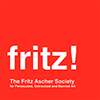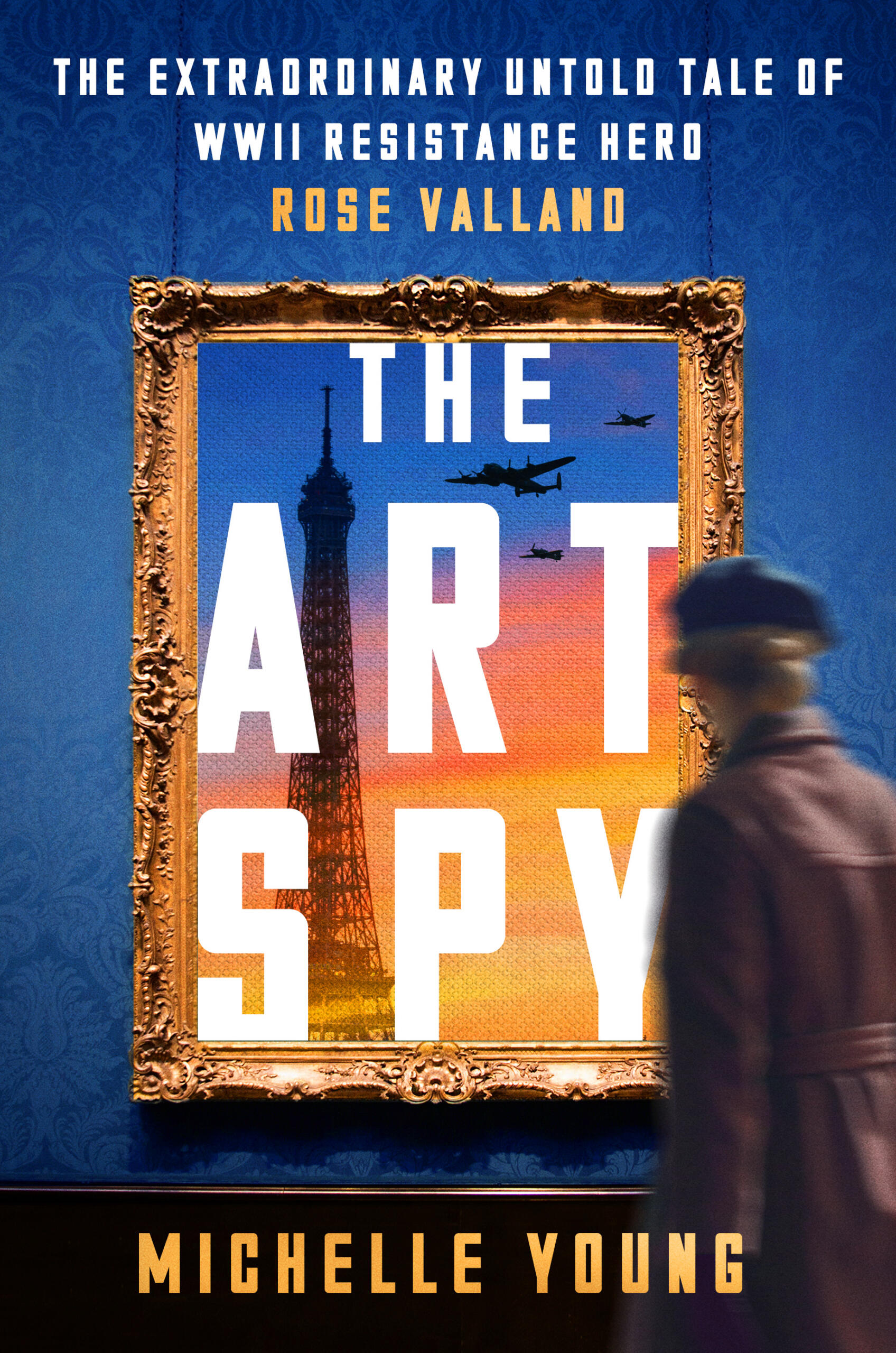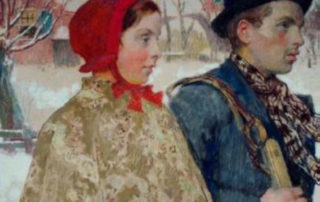Rachel Stern2025-06-25T13:33:20-04:00May 12th, 2025|Events, Lectures, Past Events|
In this book talk, author Michelle Young presents WWII Resistance Hero Rose Valland (1898–1980), an unlikely heroine who infiltrated the Nazi leadership in Paris during World War II to save the world’s most treasured artworks. Image above: Book Cover THE ART SPY. The Extraordinary Untold Tale of WWII Resistance Hero Rose Vallant by Michelle Young (Harper One, May 13, 2025) Rose Vallant was a curator at the Jeu de Paume Museum in Paris when the Nazis invaded France, occupied the museum, and began using it as a sorting center for thousands of pieces of stolen art from across Europe. Valland made herself appear as nonthreatening and essential as possible, retaining her position in the museum [...]
Rachel Stern2025-03-26T16:04:21-04:00February 14th, 2025|Events, Lectures, Past Events|
Journalist and author Michael Sontheimer speaks about Alfred Flechtheim, who was born in 1878 in Münster as the son of a wealthy German Jewish grain dealer. He was trained as a trader but did not want to stay in the family business. As he was fascinated with art, he left his hometown and moved to Düsseldorf, where he opened a gallery in 1913. Image above: Rudolf Großmann, Alfred Flechtheim, 1922-27. Pencil, ink, and gouache on paper, 5.3 x 3.8 in. Museum für Moderne Kunst, Freiburg (Germany) G 62/008 b. After serving in the German Army during the First World War, in 1921 he opened a second gallery in Berlin, the place to be in the 1920s. [...]
Rachel Stern2022-02-18T05:29:09-05:00May 30th, 2021|Events, Lectures, Past Events|
MARI is innovative in many ways. For the first time, descendants of victims of Nazi persecution are cooperating with German institutions in a public/private partnership in provenance research. After an initial three-year research period, the successful project at Freie Universität Berlin is now being continued. Numerous works from the former Mosse collection have already been recovered and restituted. In the process, surprising stories came to light showing the whole challenge range of provenance research and restitution. MARI's task, however, is not only to search for the works of the former collection, but also to gain insight into the strategies of the so called “Gleichschaltung” (consolidation) of the press just after the Nazis came to power in 1933, as well [...]





